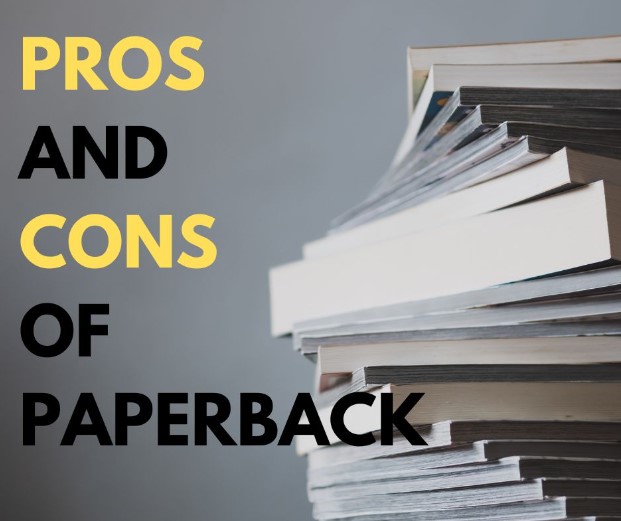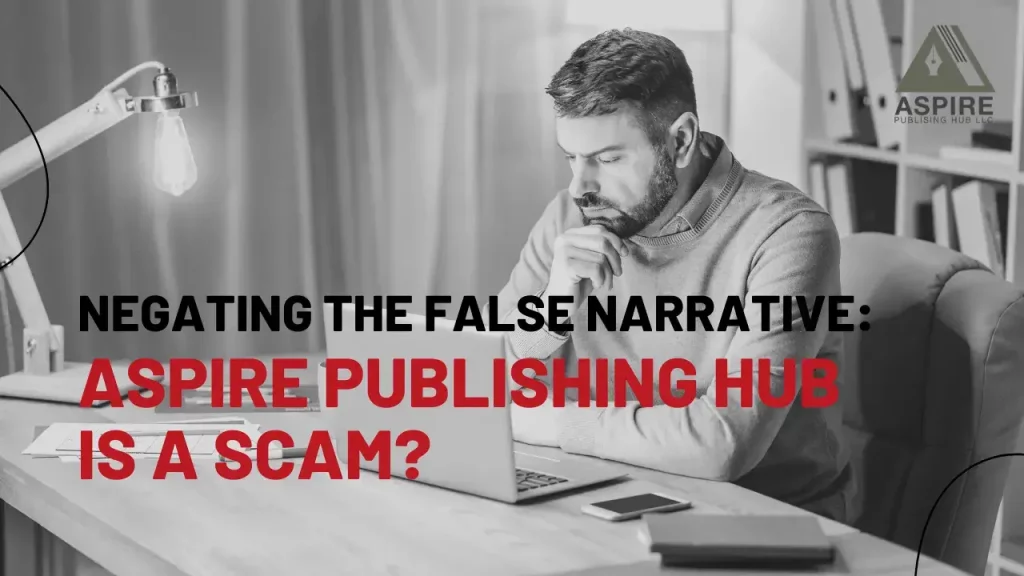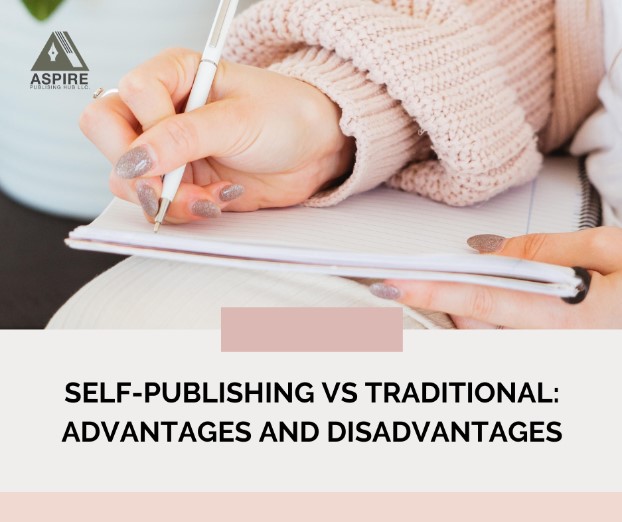In order to safeguard its contents, a paperback or softcover book uses thick cardboard that might be glossy or matte. There are flaps in some paperbacks that give more information about the book and the author. As an added bonus, there is room for more elaborate cover art and design.
Pros
Cheap
There is also no need to provide excessive detail. Saving money to put toward the things you value most is always a good thing.
Intuitive to read
They’re floppy, soft, and lightweight, which makes them excellent to read in any setting. You can be holding onto the poles or handles on the train with one hand while holding your book in the other without worry of falling in your face or dropping your book.
Convenient to have on hand
Books of less than 500 pages are so light that you can easily carry one, two, or even three of them around without worrying about your back.
Cons
They can be annihilated quickly
However, the same features that make paperbacks more convenient to carry and read also reduce their longevity, making them a poor substitute for hardcovers. Have you ever thrown a book into your backpack in a hurry, only to retrieve it later and find that it resembles a fried pork skin? What happened there is a genuine tragedy.
Size variations
Although those who don’t place a high value on appearances might not find this a drawback, paperbacks come in a wide variety of sizes, which drives me nuts. While most books come in one of two conventional hardback sizes, paperbacks are an entirely different animal. Sometimes even in the same book series books end up being various sizes, which is incredibly annoying.
Linger in hiding for a while longer
Hardcover editions of books are nearly always released before their paperback counterparts, so readers who prefer the latter have to wait an entire year. The wait is annoying, but the book will arrive eventually.
Why is paperback cheaper than hardcover?
Paperbacks are less expensive than hardcovers because of the cheaper cost of materials and the ease with which they can be mass produced. In addition to greater production costs and more complex printing procedures, hardcovers require more physical effort.
However, this is only one of many conflicting pieces of advice you’ll get as you research self-publishing in general and cover design in particular.
It is possible to fold a paperback book in half and tuck it into the crook of your bag because of its portability, light weight, and small size.
The contents of a paperback and a hardcover edition are identical; however, the latter may feature other materials such as artwork or a foreword. Hardcover books tend to be more expensive than paperback ones, and they have a noticeably distinct appearance and texture.
The most noticeable distinction is that paperback editions have a softer cover. A paperback book will typically be smallear and have lesser quality printing.



